LeMond Prolog review: the urban ebike that doesn't look like an electric bike
Sleek, stealthy and dead sexy but who's this for?

The Prolog is a far diversion from the utilitarian, car-replacing, kid-carting, grocery-getters out there. Instead, the Prolog may just be the sleekest, stealthiest ebike on the market today. It can serve as a high-end commuter or a lightweight, capable hybrid to get you from Point A to Point B in style. But it does lack in utility and comes with a lofty pricetag.
-
+
Lightweight and nimble
-
+
Sleek design
-
+
Stealthy
-
-
Costly
-
-
Too nice to lock up anywhere
-
-
Lacks utility
You can trust Cycling Weekly.

In 2020, three-time Tour de France winner Greg LeMond relaunched his eponymous bike brand and released two new models in 2021: the Prolog and the Dutch.
This was the first time we'd seen the LeMond name on a range of bikes since 2008, with quite a change in direction as well. Instead of the race-oriented LeMond bikes of the 1990s and early 2000s, the new LeMond range is commute-focused and electric.
LeMond started his foray into the bike manufacturing business in 1986, after he won the Tour de France on a carbon fiber frame. Initially, LeMond Bicycles developed race machines which LeMond would use in competition himself and which would then also be marketed and sold to the public. From 1995 onward, LeMond Bicycles licensed the brand name to Trek, who believed the name cachet and unique geometry of the LeMond bikes would increase business. The relationship went sour, however, and the two companion split ways.
Today, the steel LeMond Tourmalet bikes as well as the carbon LeMond Zurich are still a common sight on U.S. roads, but with the exception of 300 TIME-manufacturer frames in 2013, LeMond hadn't produced any new bikes until the e-bikes launch in 2021. A modern, high-performance, all-carbon road bike named the Lemond 8 was slated for launch this summer, but has been indefinitely delayed after LeMond was diagnosed with Leukemia in June.
According to LeMond Bicycles, the ebikes launch support the brand’s aim of “reshaping the future of e-bikes by expanding their accessibility to all riders. This can only be accomplished by ensuring the entire build is lightweight.”
I doubt many will consider a $4,795 bike "accessible", but there is no denying that the bike is lightweight, a joy to ride and, let’s be honest, arguably the sleekest, best-looking bike on the e-bike market today.

Carbon Fiber Everything
Ahead of relaunching his bike brand, Greg LeMond started a new brand, LeMond Carbon, a carbon fiber manufacturing company that specializes in the production of low-cost carbon fiber and manufacturer-ready intermediate composite materials. The company was formed in 2016 to commercialize proprietary technologies developed at the U.S. Department of Energy’s Oak Ridge National Laboratory and Deakin University’s Carbon Nexus, located in Geelong, Australia.
The latest race content, interviews, features, reviews and expert buying guides, direct to your inbox!
The Prolog is a collaboration of both LeMond companies, LeMond Carbon and LeMond Bikes, and the result is carbon everything.
The Prolog features a carbon fiber frame, fork, seatpost, handlebar-stem combo with an encased 500-lumen headlight, and even carbon fiber fenders. Upgrades in the form of carbon wheels, a carbon rear rack and carbon front basket are available as well.
This not only makes for a super clean, sleek and dead-sexy aesthetic, it also makes the Prolog one of the lightest e-bikes on the market. Marketing copy claimed a weight of 26 pounds (11.8kg). And while mine came in at 27 pounds (12.2kg) on my shop scale, that is still pretty darn light.
For comparison, the top-of-the-line Specialized S-Works Turbo Creo SL with its eye watering $13,500 (£10,999) price tag comes in at the same 27-pound mark. The brand's commuter-oriented Specialized Vado adds a staggering 22lbs (10kg) as it tips the scales at over 50lbs (23kg).
Perhaps the Ampler Curt e-bike with its similarly stealthy design comes a bit closer. That bike, with an aluminum frame and carbon fork, comes in around the 33-pound (15kg) mark for the 10-speed Deore build. That bike also sports a 250W motor, but features a sightly bigger battery with a range of up to 62 miles, and a more reasonable price tag of €2,890 or $2900.
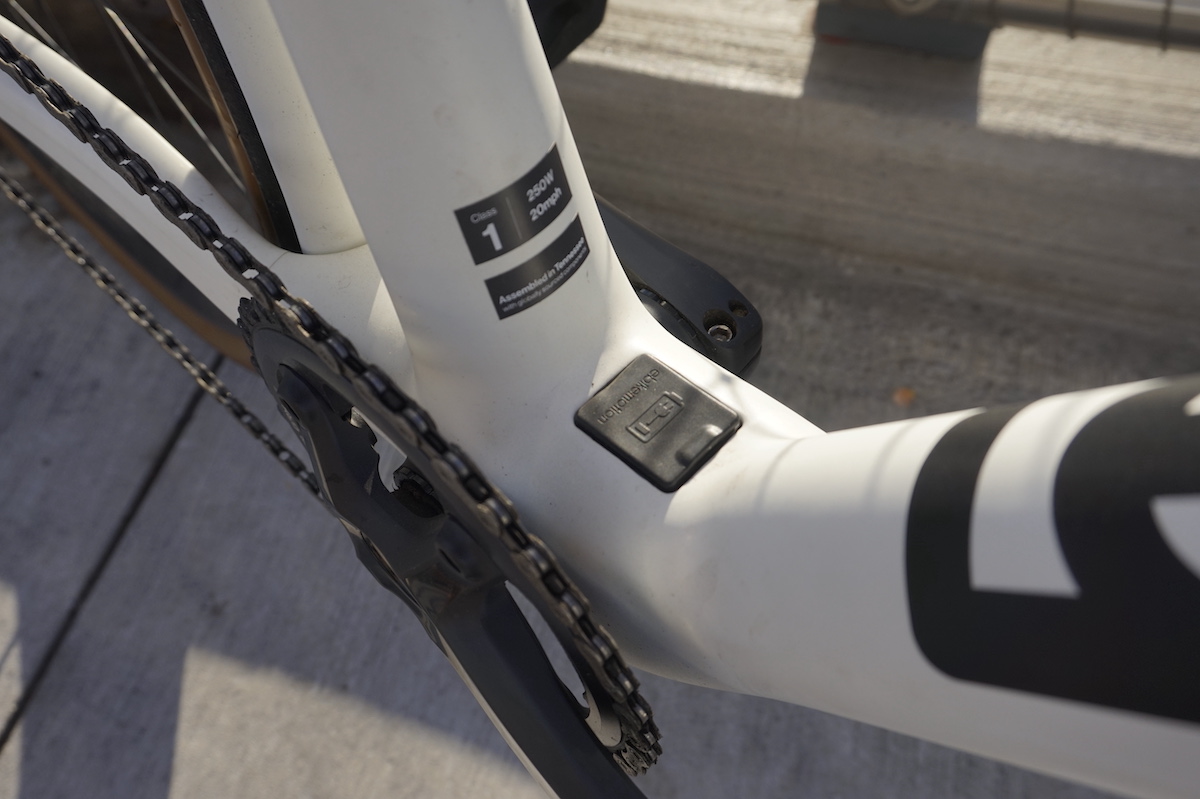
The Mahle System
It’s easy to mistake the Prolog for a regular bike but there really is a Panasonic-made battery hiding in that oversized downtube and a 250 watt rear hub propelling you forward.
The Prolog is powered by the German-engineered Mahle X35+ smart ebike system with a 36v, 250watt motor that can provide assistance up to 20 mph and has a range of 45 miles on one charge.
The whole system is operated by one simple button integrated into the bike’s top tube. The so-called iWoc controller features an LED light to indicate power modes and battery status. White to turn on, green for low assistance, orange for medium and red for max assistance. The battery life is indicated by the same colors, green for a full charge to flashing red for nearing empty. I got the hang of the single button with shared colors approach pretty quickly —push once to see what assistance level you're in, twice to increase assistance— but it can be a tad confusing. The placement on the top tube isn't great either because it requires the user to look down and away from the road in order to operate it. A handle-bar based button or shifter is certainly more intuitive and safer.
Unlike most ebikes, the Prolog in its stealthiness carries no display, and settings and stats can instead be gleaned from the accompanying mobile app.
The Mahle Smart Bike app is a tad buggy after its last update, but it does allow you to customize your settings, record your ride and upload it to Strava, see the status of your battery and even locate your bike. The app is a mere added feature though and one can use the bike without ever opening the app.
Lights are integrated in the cockpit and rear stays, and the battery too is fully integrated into the downtube. This makes for beautifully clean lines, but could make addressing any battery-related issues more difficult.

Drivetrain & Wheels
The Prolog features a gravel-oriented 1x11 Shimano GRX drivetrain with a 40T chainring, an 11-42T cassette and paired with Rapidfire Plus flat-bar road shifter and hydraulic brakes.
The build is completed by a Token G23AR Prime tubeless wheelset wrapped in slick 38mm Panaracer —called Le Panaracer on this bike, a nice touch I couldn’t help but chuckle at— GravelKings. A carbon fiber upgrade is available but the standard aluminium hoops still only weighed in at around 1500 grams, which is hardly a penalty for the bombproof-ness they provide.

Price & Upgrades
The Prolog was first introduced at $4,500 but in today’s inflated market, the base model now starts at $4,795. In addition, the click-to-order Prolog comes with a number of upgrade options including Shimano Di2 electronic shifting complete with display for $800.
The carbon fiber wheel upgrade would set you back an additional $1,800. There is a battery range extender for $700 that will increase the range by 70%, as well as a carbon fiber rack and basket option for an added $185 each.
Designer products do come with a designer price tag and the Prolog with the complete upgrade package would come in at $8,465. Insert low whistle here.
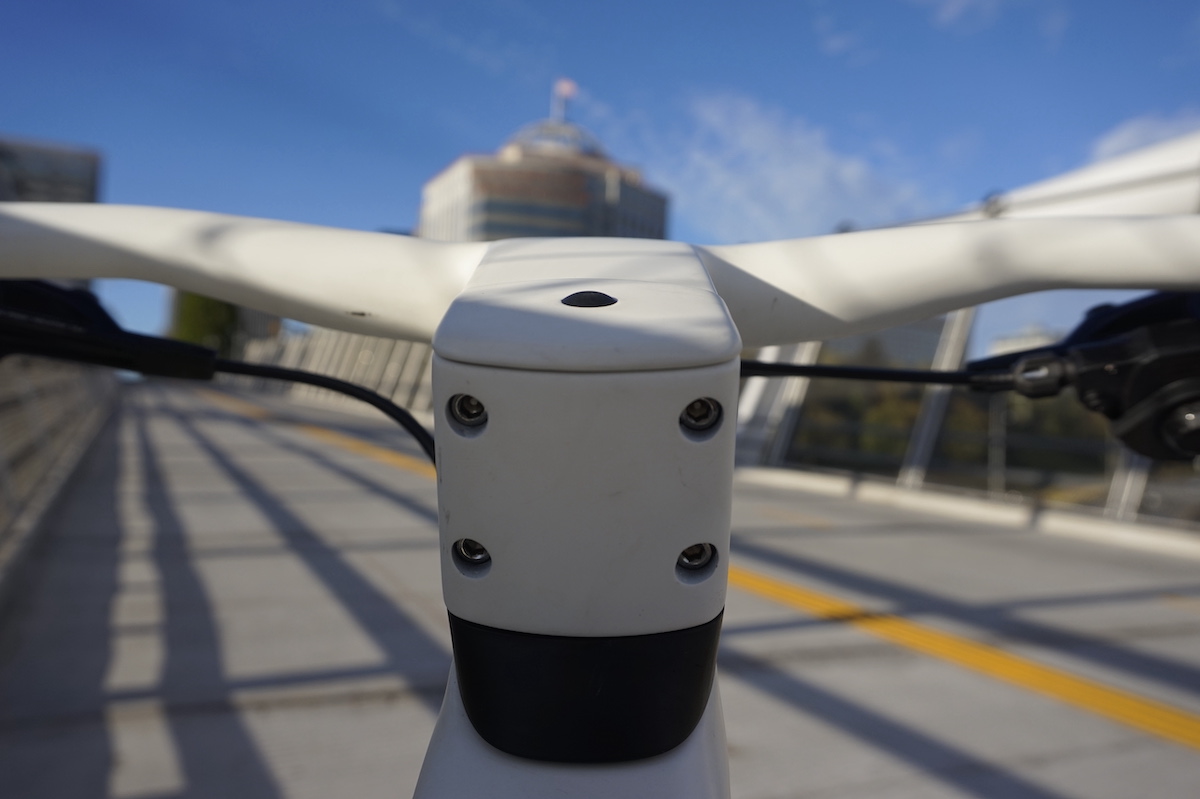
How It Rides
The Prolog is a far diversion from the utilitarian, car-replacing, kid-carting, grocery-getters out there. Instead, it looks and rides much more like a really cool urban steed.
The Prolog features a pretty aggressive, performance-oriented position with a long forward-leaning reach and wide bars for sharp steering. Add in the quick acceleration of the Mahle system, and you’ve got a very playful, speedy whip.
I’ve spent most my years in Seattle and Portland zipping around town on a single speed, flat-barred cyclocross bike, and the Prolog feels pleasantly similar; perhaps with a slightly different weight distribution. The bike’s weight, what little there is, is carried largely in the back hub that houses the motor. This does make for a minor imbalance that can be felt when the rear stays planted while the front doesn't. For example, up and off curbs or over rougher, loose terrain.
The 38mm Le Panaracer tires add comfort and some stability, and enable some off-road adventures as well.
The battery range seemed accurately described if not sold even a tad short. I easily reached 45 miles or more on one battery charge. And given the light package, it wouldn’t even be a slog home should you run out of battery. The gearing helps as well. The 1x GRX drivetrain offers ample range to pedal comfortably with or without the assist on, and the braking and shifting performed as you’d expect on a higher-end bike: seamless.
The 500 lumen headlight offered a wide flare of visibility suitable for urban riding. For poorly lit paths or off-road riding, however, I'd suggest strapping on an additional light.
All in all, the Prolog offers a sporty and absolute joyful ride for both bike commuters and weekend warriors alike. It’s a beautiful all-around package, perhaps limited only by the 250w motor.
When reaching speeds above 20mph or putting in a bit of an effort of my own strength, it almost felt like the motor was holding me back. The sudden halt in assisting in the moment, feels a tad abrupt and it was actually not easy to push the bike over that speed threshold.
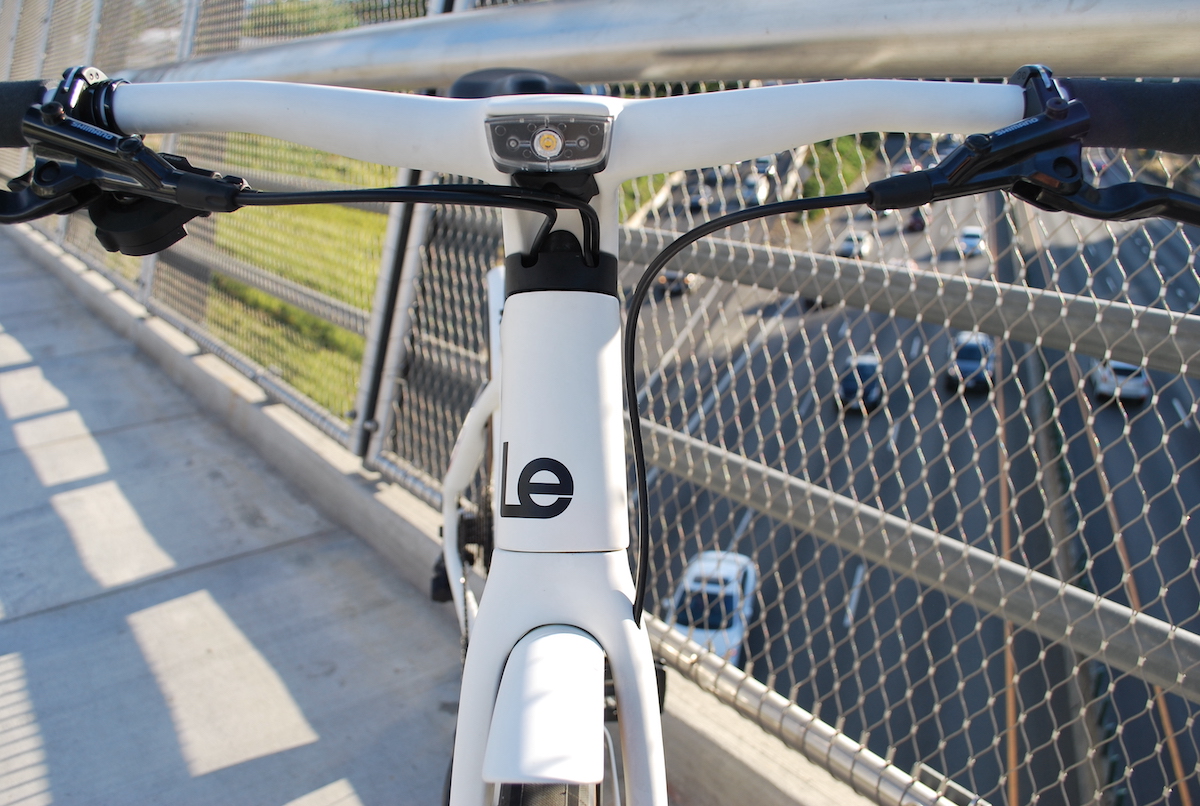
Who's This For?
This is the question I struggled with most. Some of the brand’s marketing copy for the Prolog claimed the bike to be “an innovative, lightweight carbon fiber bike that can be enjoyed by everyone, everyday.” But I don’t think that is true, even without considering the price tag.
I think this bike is a super fun ride and if you’re attracted to the bike’s aesthetic, and like a playful, sporty ride with a little bit of an electric assist to make the commute less of a slog or your weekend ride easier on the body, this is the ebike for you.
However, I worry that the consumer base for this bike might be rather narrow. It’s a full carbon bike. It’s elegant. It stands out. It’s expensive. It’s the perfect partner for any urban professional who would like to arrive at the office on their own schedule and get some exercise and outside time in along the way.
But, living in a city, I’d be too afraid to leave this bike locked up, unattended, outside an office, or, really, for any period longer than a quick run into a grocery store — unless I can have eyes on it or there’s protected parking. While beautifully integrated, one couldn’t even lock or remove the battery to discourage theft either.
Additionally, without buying the rack or front basket upgrade, there’s also no utility to this bike. Yes, you might be getting to your destination quicker and less sweaty than on a regular bike, but you probably won’t be stopping for groceries or a quick errand along the way.
The Prolog is a fun, gorgeous ebike to get you from Point A to Point B or to use on a recreational ride, but it’s by no means a car-trip-replacing grocery getter.

Verdict
The ebike that doesn’t look like an ebike, the Prolog is made for city dwellers and recreationalists alike. It’s a sleek, stealthy bike that also offers a playful, nimble ride. It can serve as a high-end commuter or a lightweight, capable hybrid to get you from Point A to Point B in style. But it lacks in utility and comes with a lofty price tag.


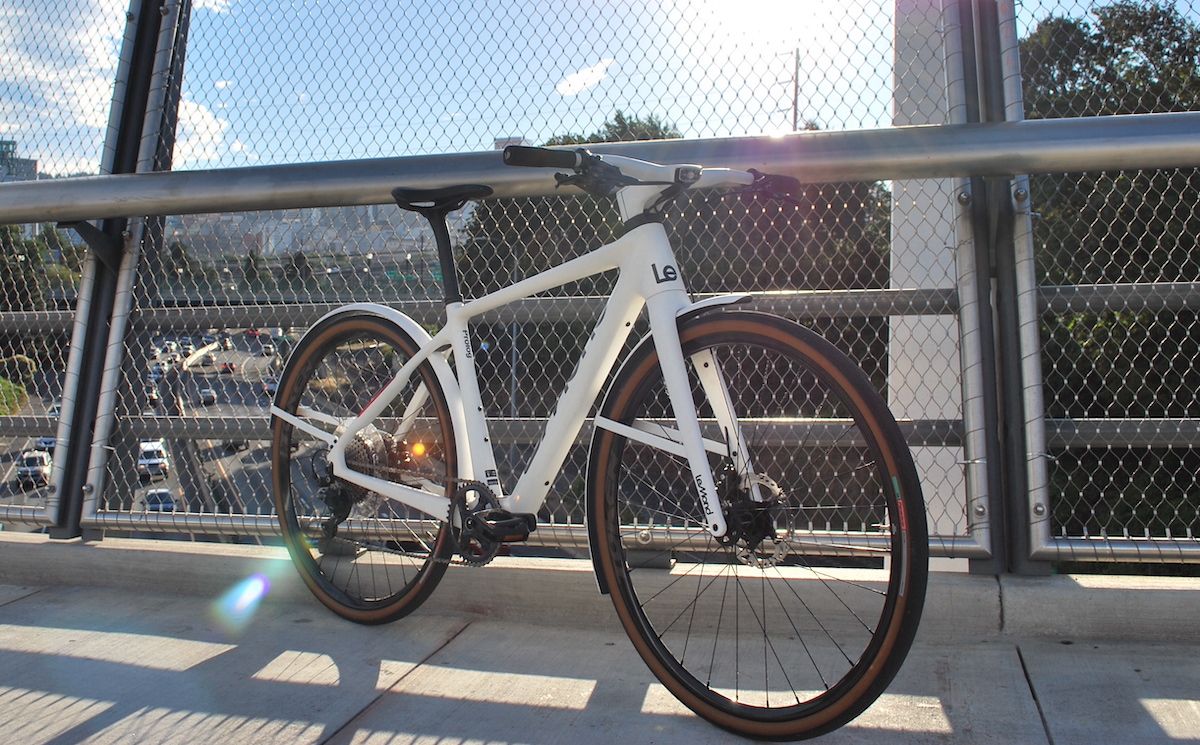



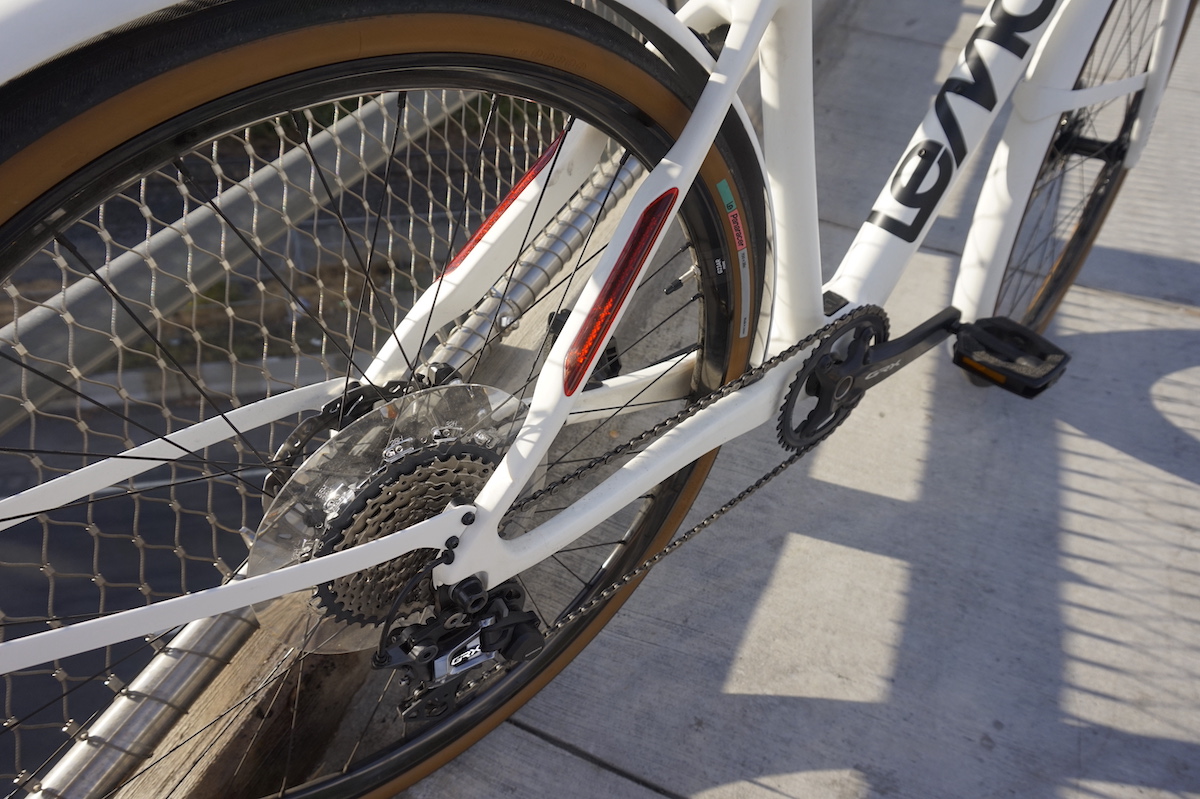





Cycling Weekly's North American Editor, Anne-Marije Rook is old school. She holds a degree in journalism and started out as a newspaper reporter — in print! She can even be seen bringing a pen and notepad to the press conference.
Originally from the Netherlands, she grew up a bike commuter and didn't find bike racing until her early twenties when living in Seattle, Washington. Strengthened by the many miles spent darting around Seattle's hilly streets on a steel single speed, Rook's progression in the sport was a quick one. As she competed at the elite level, her journalism career followed, and soon, she became a full-time cycling journalist. She's now been a journalist for two decades, including 12 years in cycling.